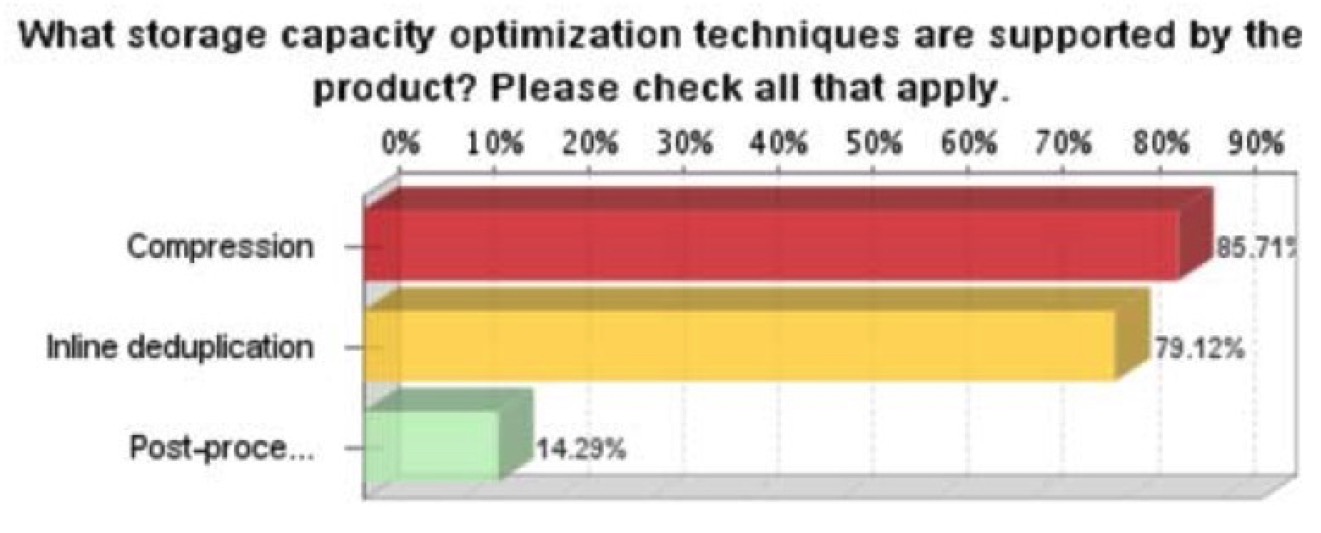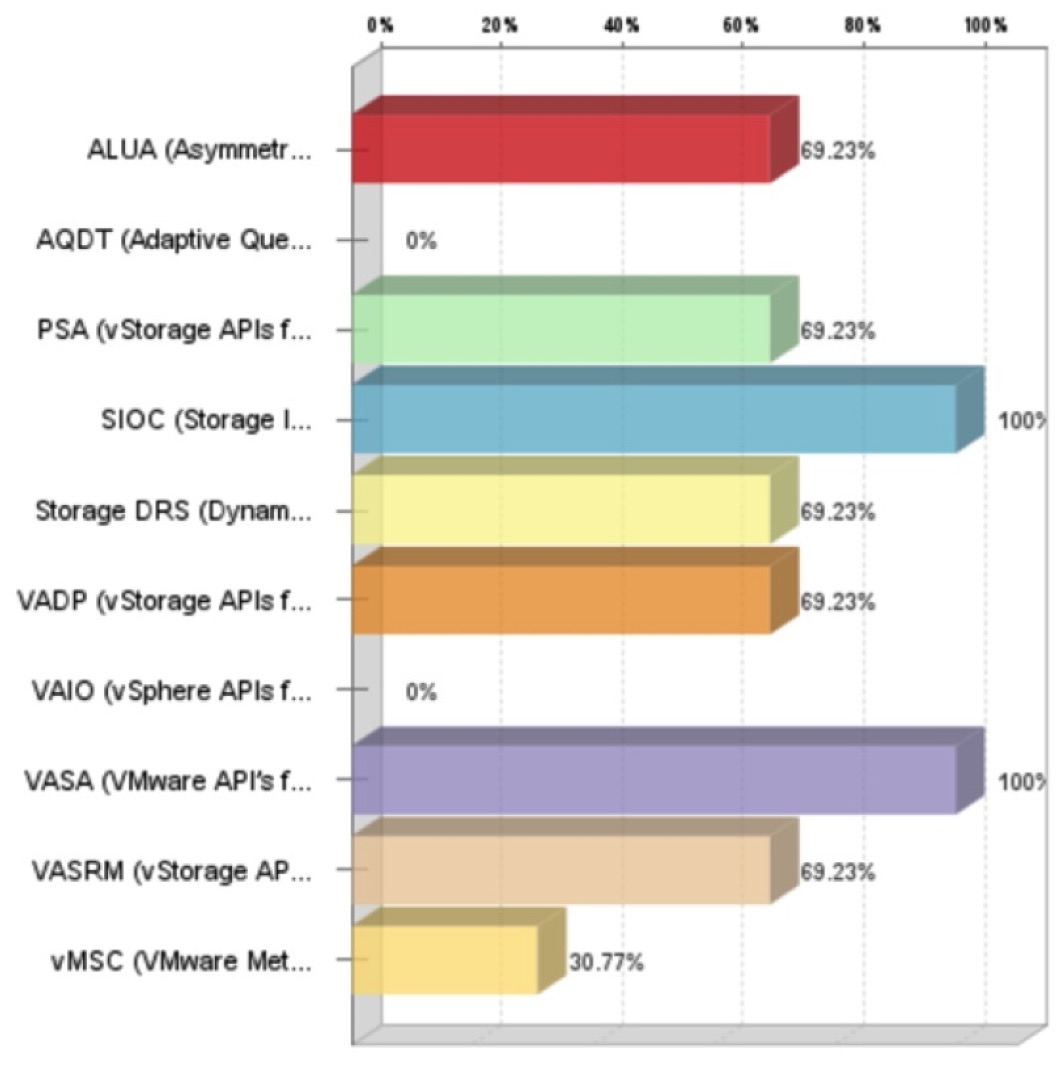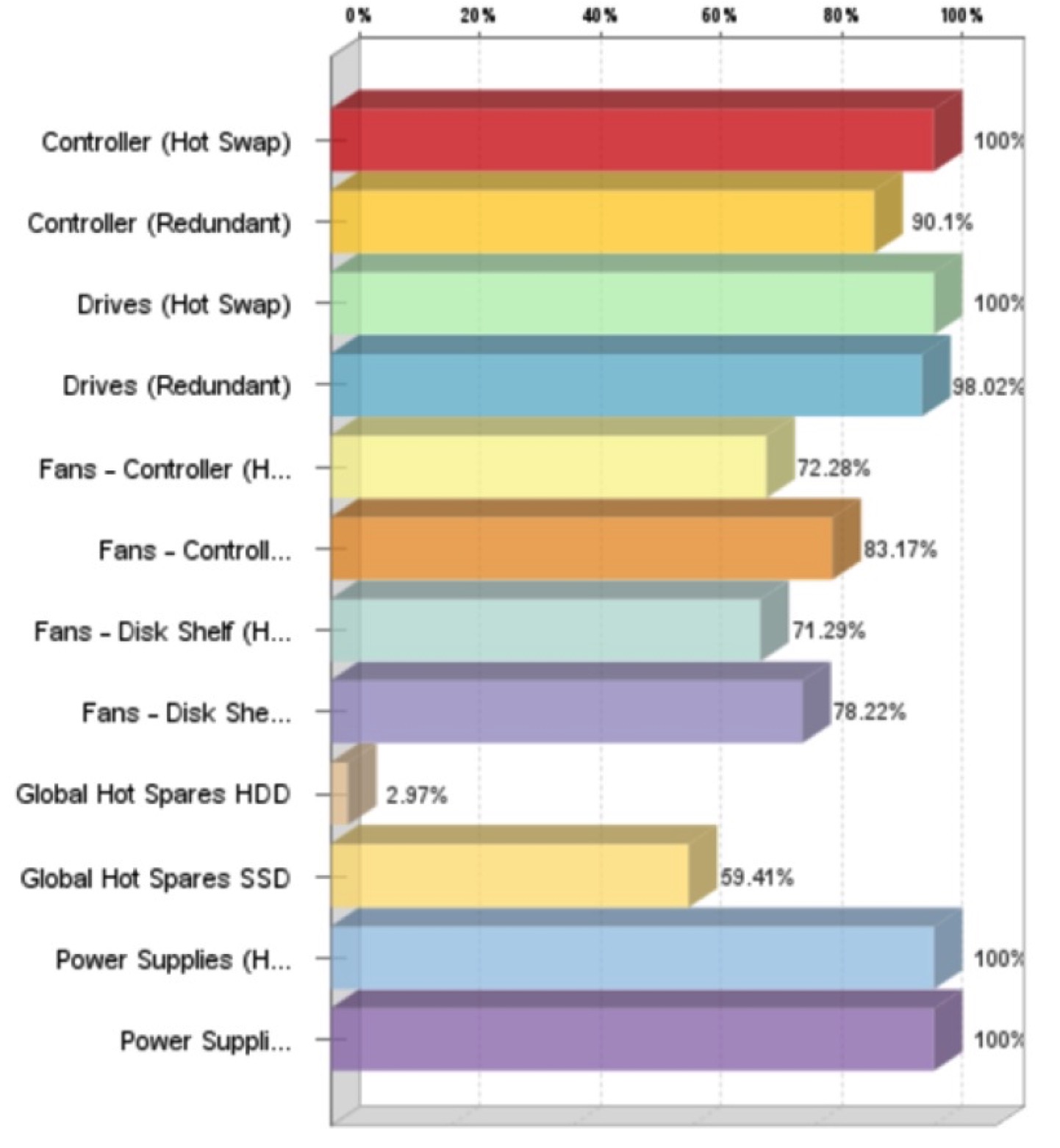Three Features that Matter on All-Flash Arrays
And one that matters not so much
This is a Press Release edited by StorageNewsletter.com on March 9, 2018 at 2:30 pm This article was written on March 1 by Jerome M. Wendt, founder, president and lead analyst, DCIG, LLC.
This article was written on March 1 by Jerome M. Wendt, founder, president and lead analyst, DCIG, LLC.
Three Features that Matter on All-flash Arrays
and One that Matters Not So Much
In the last few years all-flash arrays (AFAs) have taken enterprise data centers by storm but, as that has occurred, the criteria by which organizations should evaluate storage arrays from competing vendors have changed substantially.
Features that once mattered considerably now barely get anyone’s attention while features that no one had knowledge of a few years ago are closely scrutinized. Here are three features that organizations should examine on AFAs and one feature that has largely dropped off the radar screen in terms of importance.
Performance and throughput seem to be top of mind with every organization when it comes to evaluating AFAs and they certainly differ in their ability to deliver on those attributes depending on the applications they are intended to host. However, most organizations will find that many AFAs will provide the levels of performance and throughput that their applications require. As such, there are three other features to which they should pay attention when evaluating different products.
These include:
I. Storage capacity optimization technologies
Of the 90+ enterprise AFAs that DCIG recently evaluated in anticipation of its forthcoming All-flash Array Buyer’s Guides, it found that over 75% of these AFAs supported some type of storage capacity optimization technology, whether compression, deduplication, or both. While DCIG generally believes these technologies positively influence an organization’s ability to maximize available storage capacity, organizations should verify their environment will benefit from their use. Organizations that plan to host VMs and/or databases on AFAs will almost always recognize the benefits of these technologies.

II. Breadth of vSphere API Support.
The tremendous storage capacity optimization benefits that AFAs can offer for virtualized environments can be further amplified by the level of vSphere API support that the array offers. However, the level of support for these APIs that each AFA supports vary, even from arrays from the same vendor. The chart below shows the level of support that one vendors offers for these APIs on its multiple AFA products (over 10.) If organizations plan to use these APIs and the features they offer, they should ideally determine which ones they want to use and ensure that the array they want offers them.

III. Non-disruptive upgrades.
Who has time for outages or maintenance windows anymore? Or, maybe better phrased, who wants to explain to their management why they had an outage or needed an extended maintenance window? In short, no one wants to have those conversations and the good news is that many of today’s AFAs offer non-disruptive upgrades and maintenance windows. The bad news is that there are still some gaps in the non-disruptive nature of today’s enterprise AFA models as the chart below illustrates. If ready to put application outages in your past, verify the AFAsyou select has all the non-disruptive features that your company requires.

All the changes in storage arrays is not without its upside and one feature that organizations need to be less concerned about or perhaps not concerned about at all is the RAID options on today’s AFAs. As many of today’s AFAs are re-inventions of yesterday’s HDD array, they carried forward the RAID methodologies offered on them. The good news is that the failure rates of SSDs are few and far between so almost any RAID implementation will work equally well. If anything, organizations should give preference to those AFAs that offer their own proprietary RAID implementation which had flash-first design and did not carry forward some of the HDD baggage that these RAID implementations were designed to address.














 Subscribe to our free daily newsletter
Subscribe to our free daily newsletter


